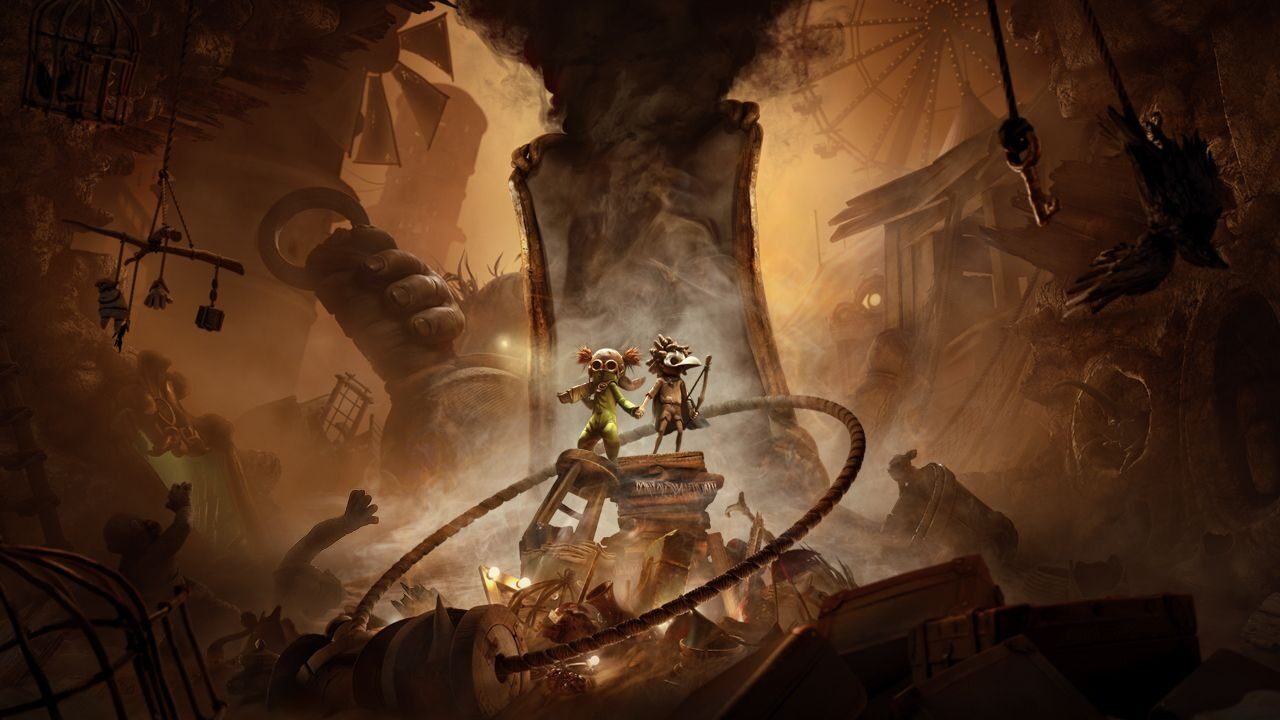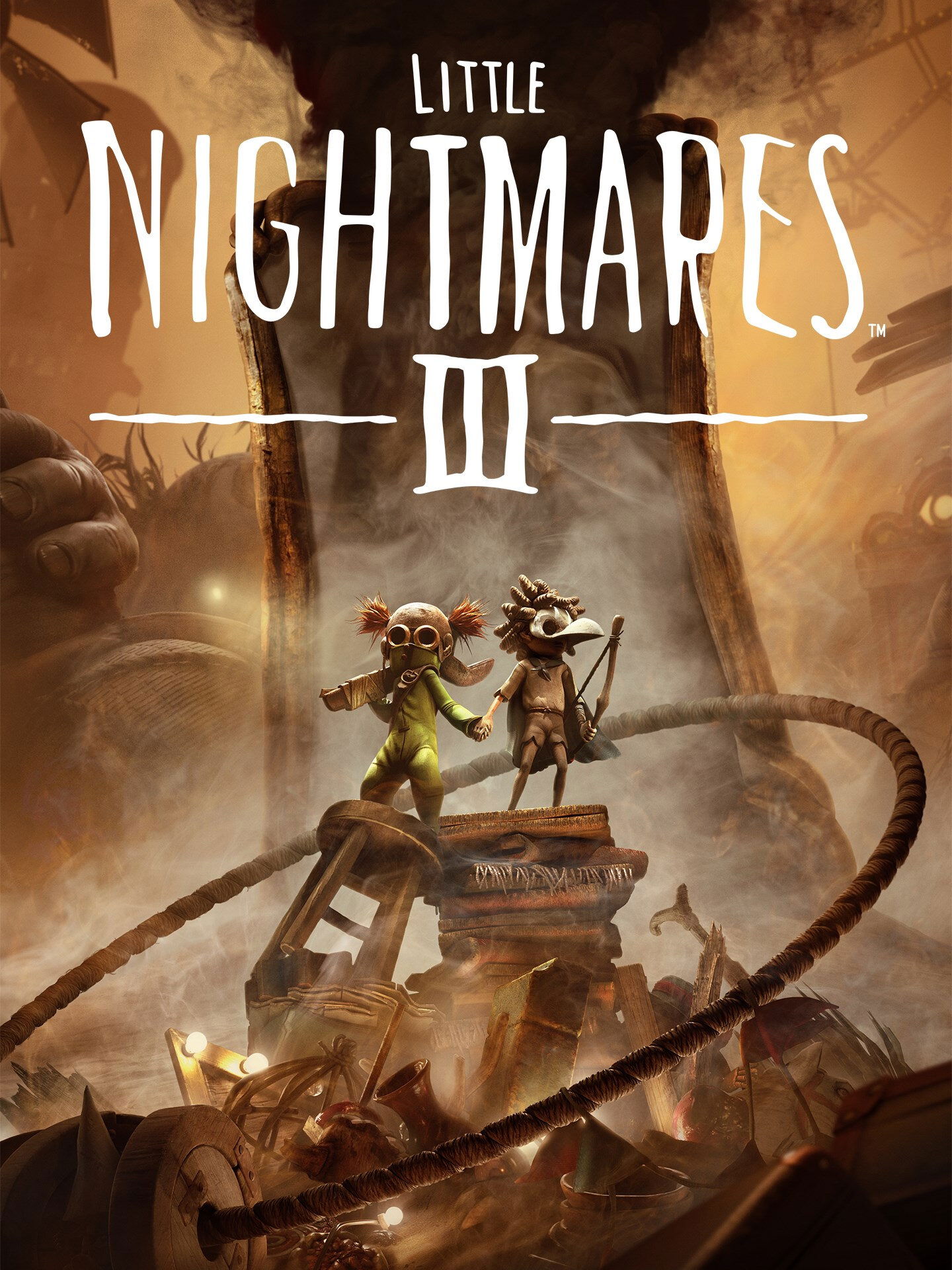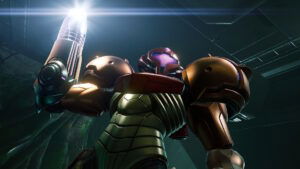Little Nightmares III continues to prove that atmosphere alone can make your skin crawl, but not necessarily pull a game together. From the first step into the Spiral, it’s clear that Supermassive Games understands what makes this series so unnerving, the way scale, silence, and suggestion can turn a world of toys and tools into something genuinely horrifying. Every wall seems to breathe, every hallway feels too long, and every sound from the dark comes a little too close. But that doesn’t mean everything in the Spiral is good.
The premise doesn’t deviate much from what came before. You take control of Low, a small boy with a blue cape and a bow, and Alone, a girl with red pigtails and a wrench. They’re trapped in a place that feels detached from reality, a dreamlike limbo of crumbling fairgrounds, crooked towers, and impossible rooms, all stitched together by the kind of logic nightmares thrive on. The goal, once again, is simple: escape. Getting there is anything but.
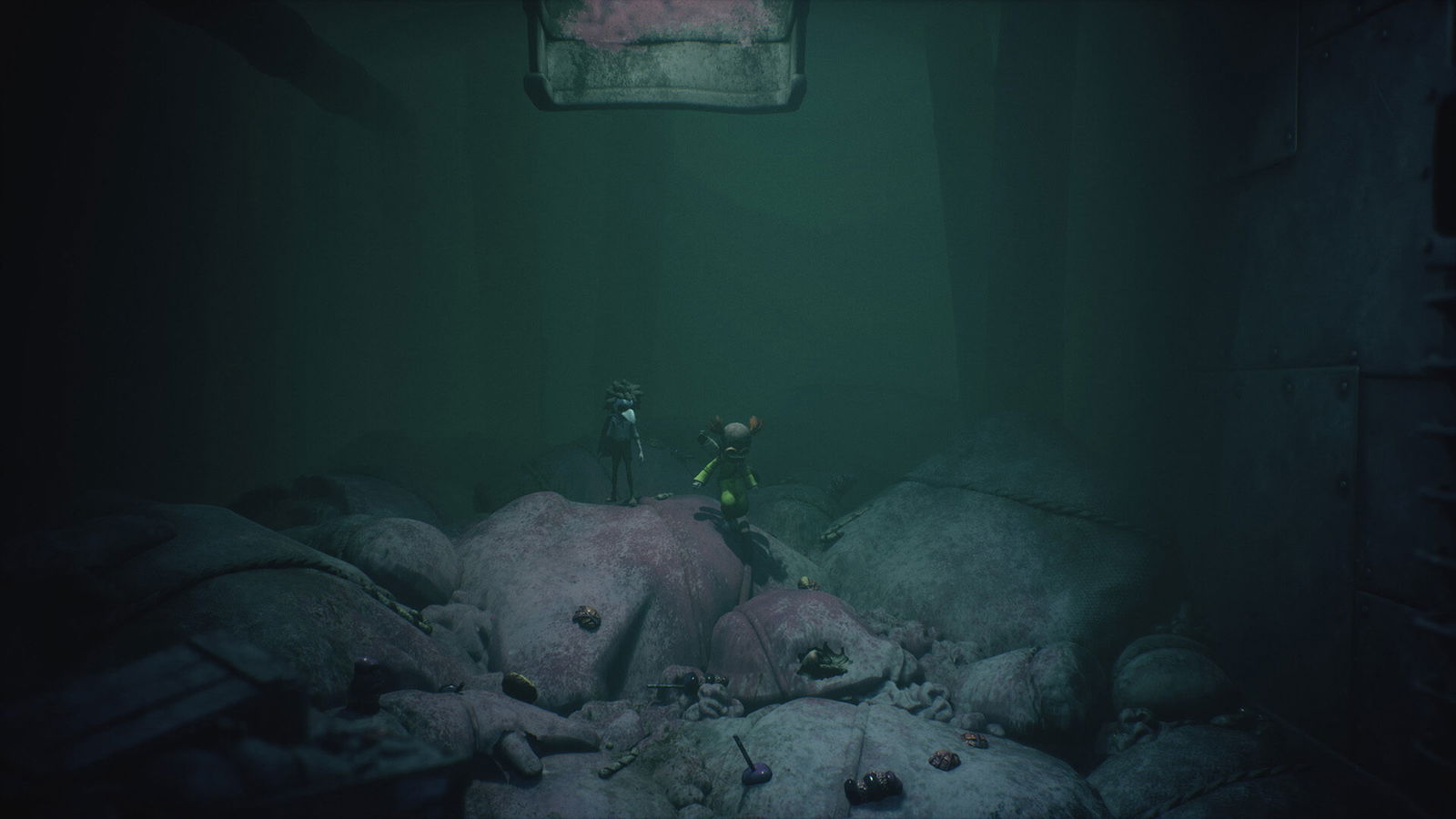
Supermassive’s involvement fits the franchise well. Their experience with slow-burn horror and meticulous staging comes through in how Little Nightmares III looks and moves. Every camera angle feels deliberate, guiding your eye to what’s important without spelling anything out. The world is gnarly and beautiful in equal measure. Every object feels hand-built from the remnants of something human. It’s an incredible piece of visual design, and one that balances the haunting blend of childish wonder and adult dread that defines the series.
It’s a world meant to be felt more than understood. There’s still no dialogue, no exposition, and no handholding. Instead, Little Nightmares III lets its spaces tell the story. A toppled chair beside a wall of tiny handprints. A nursery full of melted dolls. A carnival booth lit by a single flickering bulb. Each area tells you something about what used to be here and what went wrong without ever saying it out loud. The art direction and sound design in Little Nightmares III work in perfect sync, and few studios pull it off this well.
“The art direction and sound design in Little Nightmares III work in perfect sync, and few studios pull it off this well.”
But while the presentation has evolved, the gameplay still struggles with old habits. Little Nightmares III is a game of trial and error, where you learn what to do by dying. It’s baked into the DNA of the series, and sometimes it works, especially when you finally make it through a tense chase sequence by the skin of your teeth. But when combined with sluggish movement and stiff platforming, it can wear thin fast. Low and Alone move like they’re half-frozen in fear, and while that slow, deliberate motion helps sell the tone, it also makes the simplest actions, like climbing, jumping, and pushing boxes, feel unnecessarily sluggish.
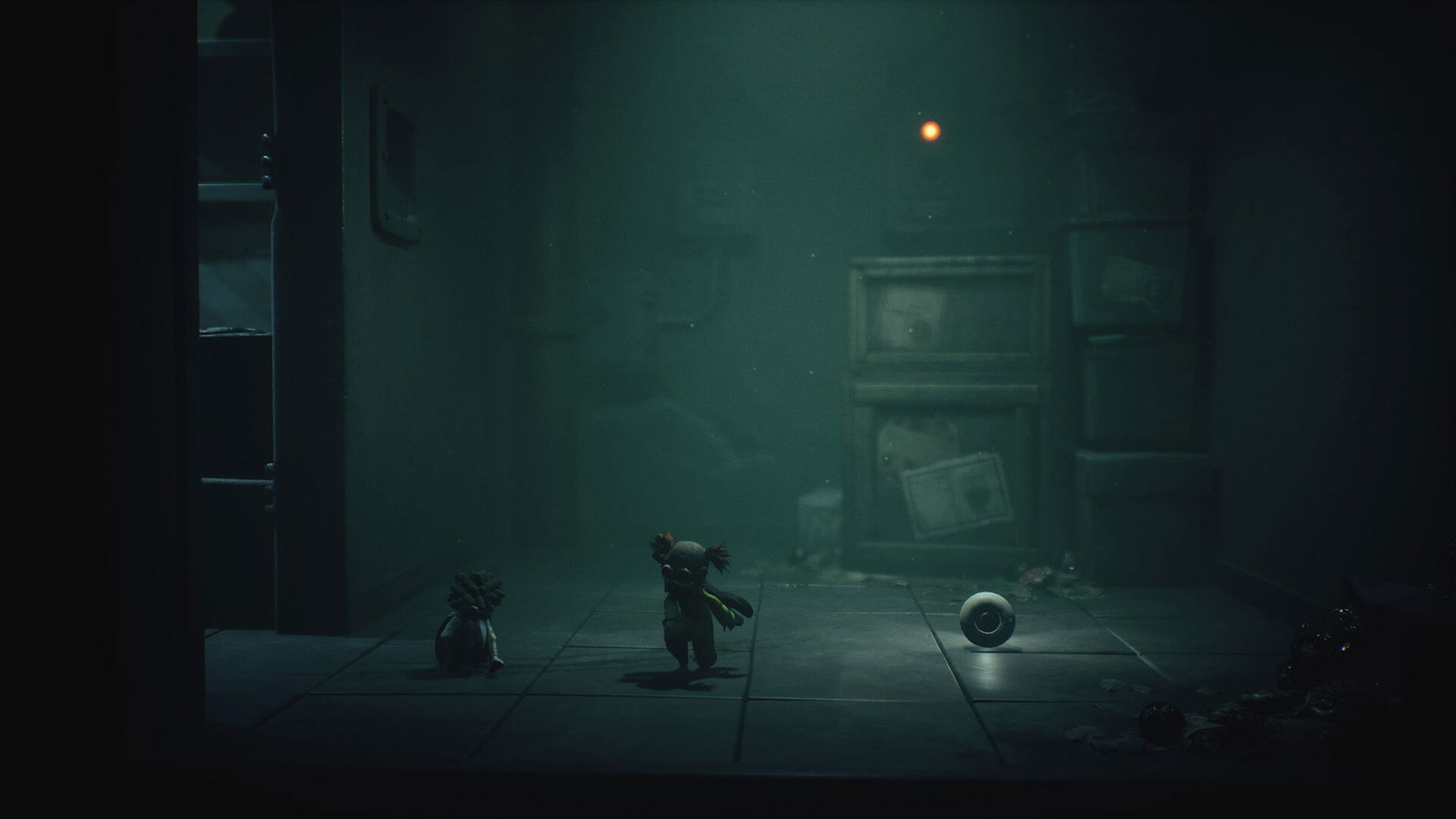
The co-op focus adds another layer of complexity, for better and worse. You can play online with a friend or solo with an AI partner, and the design smartly leans into teamwork. Low uses his bow to cut ropes or activate distant switches, while Alone’s wrench can smash weak spots or crank open machinery. The best moments are the ones where you’re forced to rely on each other, timing a jump as one character holds a switch, or calling out to distract an enemy so the other can sneak by. When these sequences click, the tension feels organic and cooperative in a way that fits the series beautifully.
Unfortunately, that dynamic doesn’t always hold up, especially when playing solo. The AI partner behaves well most of the time, but there are moments when the illusion completely falls apart. Early in my playthrough, during a fuse-light puzzle, my partner got stuck behind me and brushed against a swarm of bugs. They instantly went down, forcing me to restart from the last checkpoint, which, in this case, sent me several minutes backward.
Later, during a second phase of that same puzzle, I got caught near a fan and died. Instead of respawning at the start of that second section, I was brought all the way back to before I’d even collected the first fuse. Losing four or five minutes of time when the movement and AI can be sluggish and problematic really made me dread replaying certain sections.
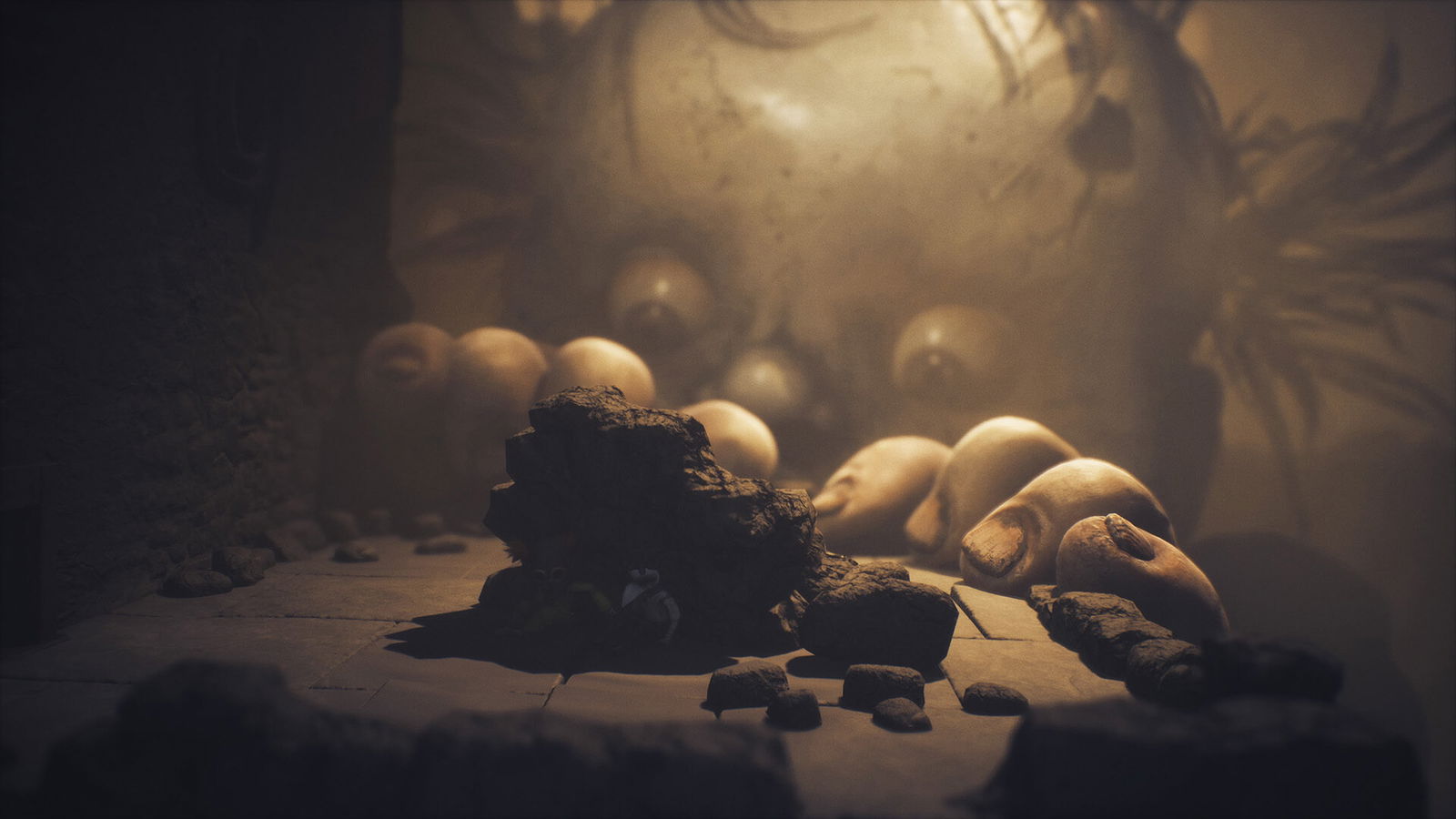
These moments break the flow in a way that’s especially noticeable in a game built on atmosphere. Every time you’re forced to redo puzzles or repeat slow climbing sections, the tension drains out. Instead of feeling haunted, you start feeling impatient. That’s the danger of trial-and-error design in a game that moves this deliberately; every repeated section feels slower the second time around.
It doesn’t help that the puzzles themselves can fall into a repetitive rhythm. You’ll move boxes to reach higher ledges, turn cranks to open doors, or push objects into place over and over again. There are occasional flashes of change, especially when the environment gives you a new tool to play with, but losing them after a time feels less like progression and more like being punished. The series’ charm used to be how every new area felt like an entirely different kind of nightmare. Here, the repetition dulls that edge a bit.
That said, Little Nightmares III still nails its tone. The sense of scale is unmatched. Two small children pushing against a giant door feels genuinely monumental. The animation work sells that fragility perfectly. Low and Alone don’t move like heroes; they scramble, hesitate, and flinch at sounds. It makes every success, every narrow escape, feel earned. And when the world finally does quiet down for a moment, it gives you just enough time to notice how unnerving the silence is.
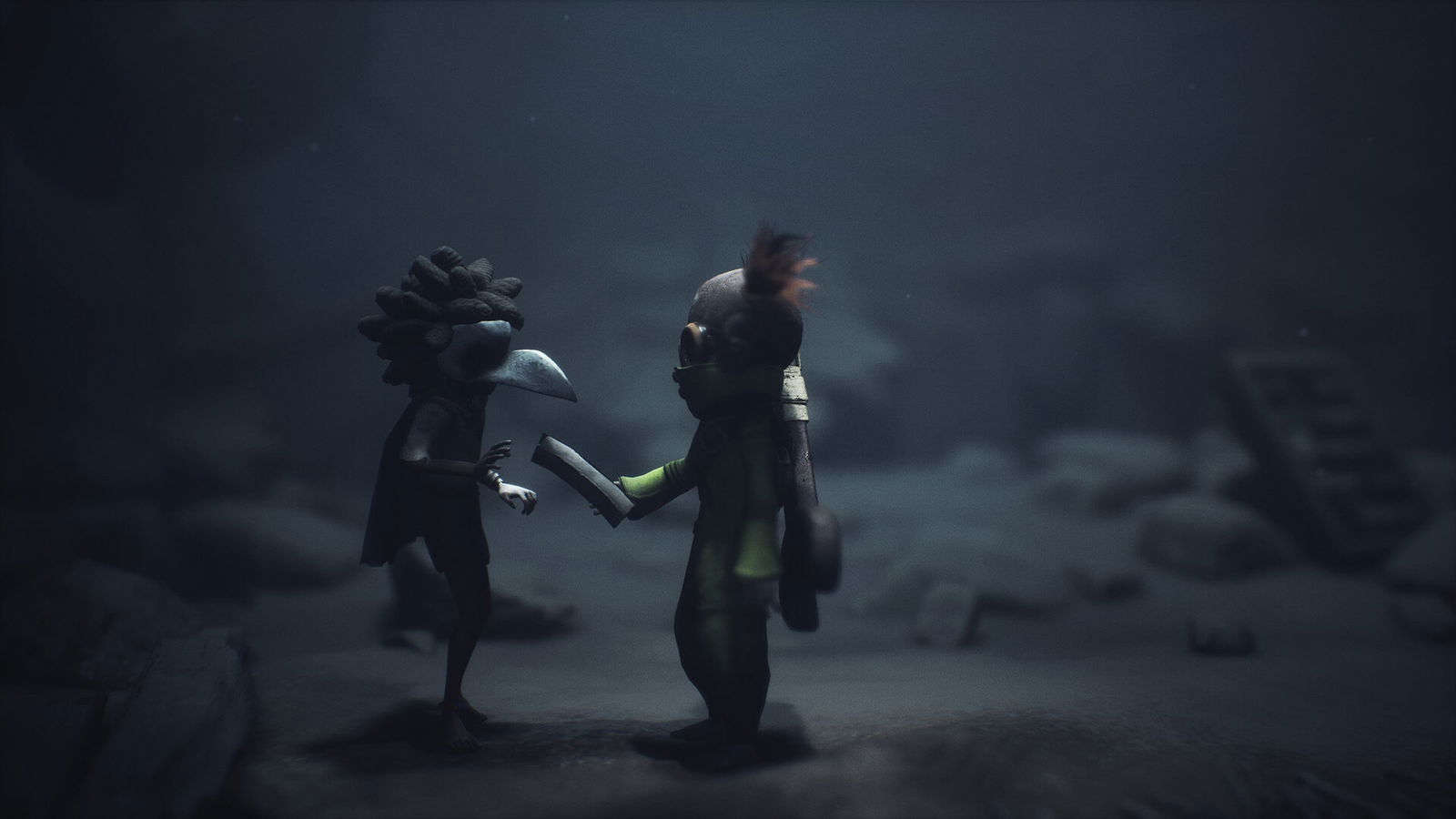
Supermassive also deserves credit for maintaining the personality of the series while layering in its own touch. Their cinematic sensibilities show through in the pacing and camera work, but they never let it turn into one of their trademark choice-driven thrillers. This still feels like Little Nightmares is intimate, eerie, and wordless. It just also happens to be more collaborative, for better or worse.
“Little Nightmares III still nails its tone. The sense of scale is unmatched.”
Technically, the game runs well overall. Playing on the PlayStation 5 Pro, the visuals were really good, with richly detailed textures and the kind of lighting that makes every location come to life in the grotesque way that Little Nightmares is known for. Performance stayed consistent throughout my playthrough. Outside of some AI forced reloads where they would get stuck on ladders and checkpoint reloads feeling longer than they should be, as the screen slowly fades in as the characters slowly stand up, it feels like a little bit of added punishment for the game’s trial-and-error system.
By the end, Little Nightmares III feels like a contradiction in the best and worst ways. It’s one of the most beautifully unsettling games of the year, and it continues to prove that few series do atmosphere this well. But that artistry is constantly bumping against clumsy mechanics and inconsistent pacing. You’ll spend as much time appreciating the world as you will fighting with its systems.
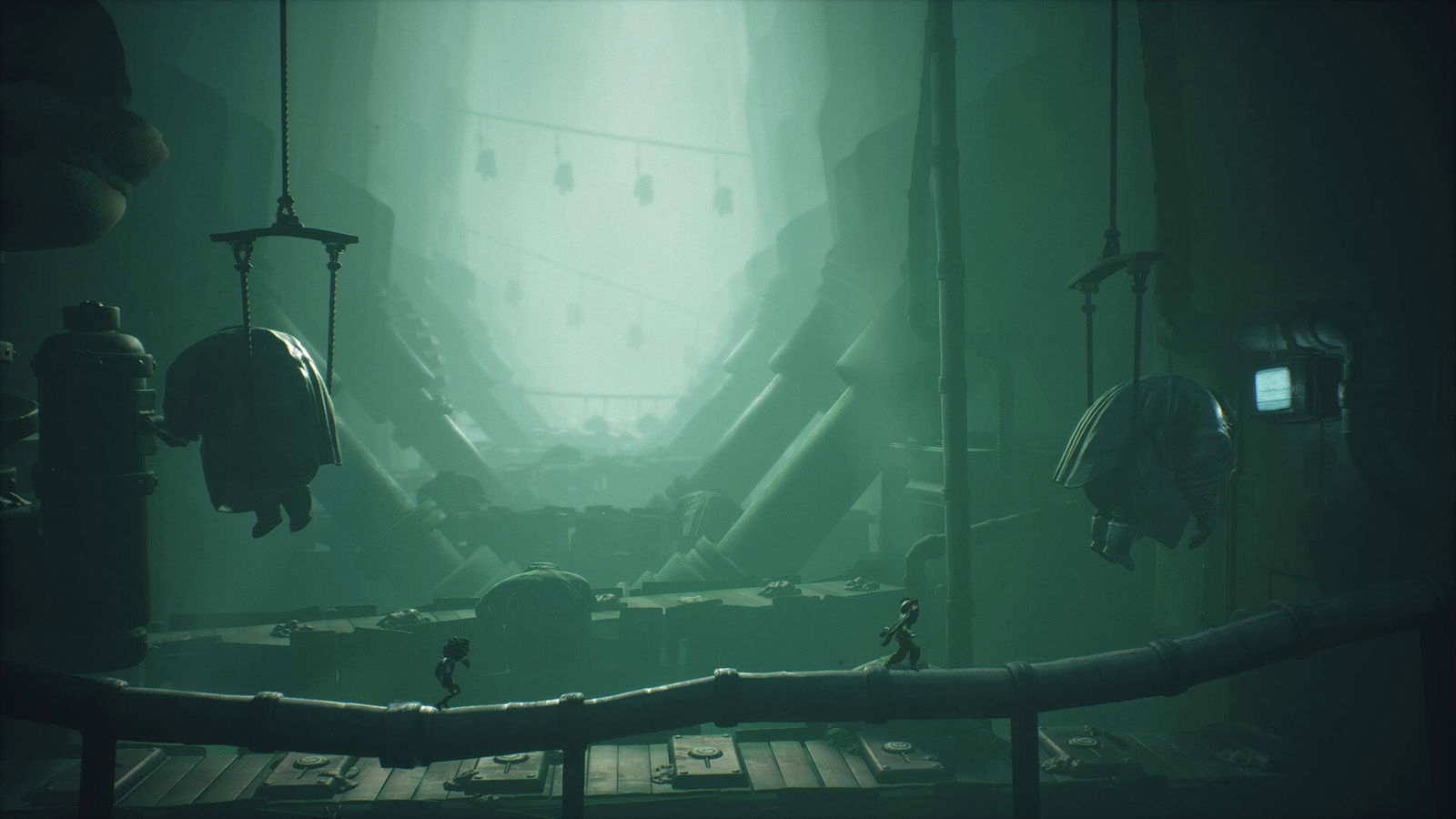
It’s hard not to admire what Supermassive and Bandai Namco have built here. The Spiral is a haunting, unforgettable place, and exploring it, even with its frustrations, is something that I will remember for a long time. But it’s also the kind of experience where your patience gets tested just as often as your courage.
For all its flaws, Little Nightmares III is still a memorable return to one of horror’s most visually distinctive worlds. It doesn’t reinvent the formula, and sometimes it gets lost in its own repetition, but when everything aligns, when the music swells, the camera pulls back. Something impossibly large shambles into view. It’s clear that no one else makes nightmares quite like this.
